Every year for this date it is very common to see people in my country buying clothes to wear new clothes at Christmas, let's say it has become a tradition, a tradition that in recent years has become impossible for many families due to the high cost of clothing, and that is, a simple pair of socks is around 2 USD, and the minimum wage (salary + food allowance) is approximately 1.3 USD to date. Thank God this is not my case, because thanks to the investments and my work within the blockchain my income is well above the minimum wage.
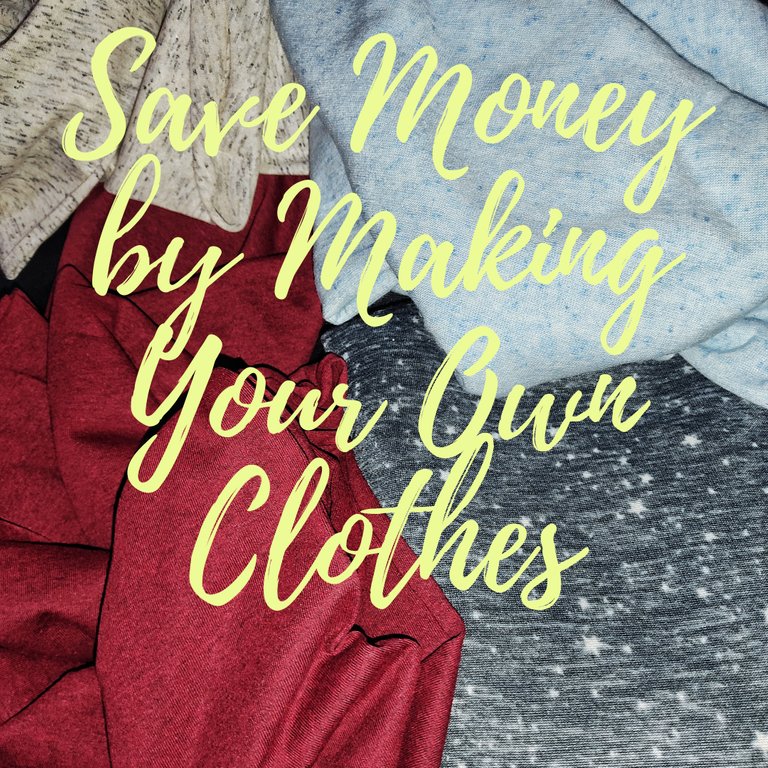
Even though my income is relatively good, which allows me to cover the basic household expenses and some small luxuries, this year I have chosen to buy fabric to make the clothes and in this way the savings are quite considerable, which allows me to obtain other necessary things for the home and for my son. I wanted to do a pilot test to see how well I was doing, and the truth is that the cost/benefit results are really good.
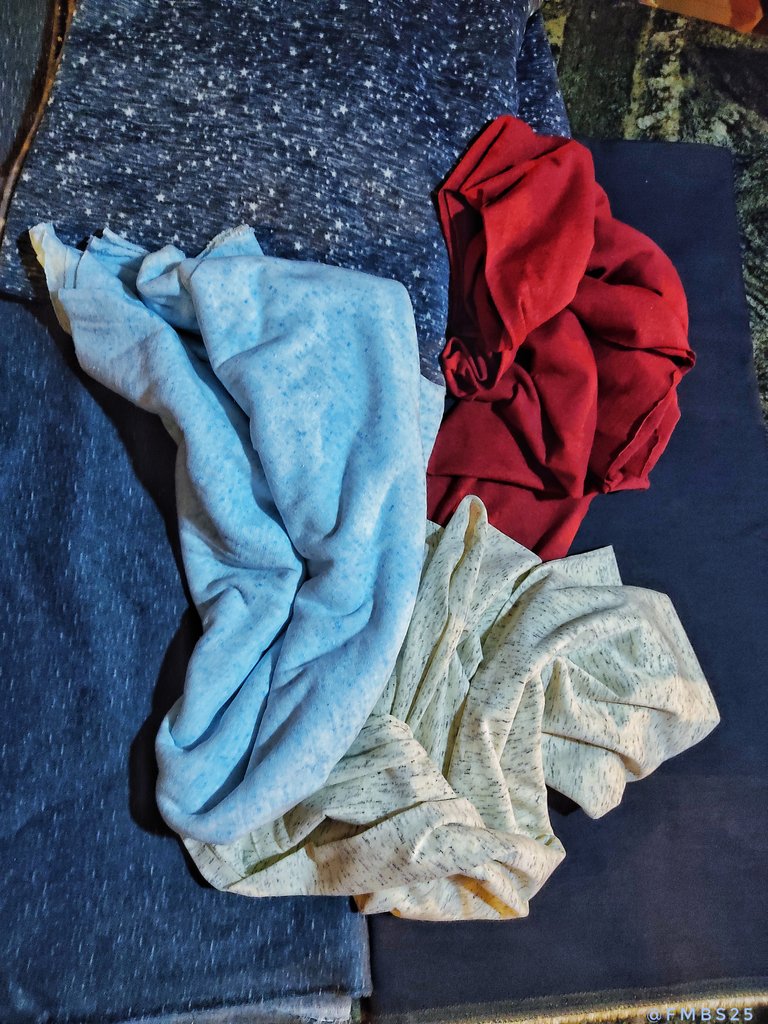
I made an investment of 15 USD, with which I bought 7 meters of fabrics of different textures, threads and elastic bands which will serve me to make 6 flannels (3 flannels for my son and 3 for me), a jean and a short. Only the cheapest jean I could find in my size (I am much bigger than the average girl), costs 20 USD, which means that I am already saving 5 USD.
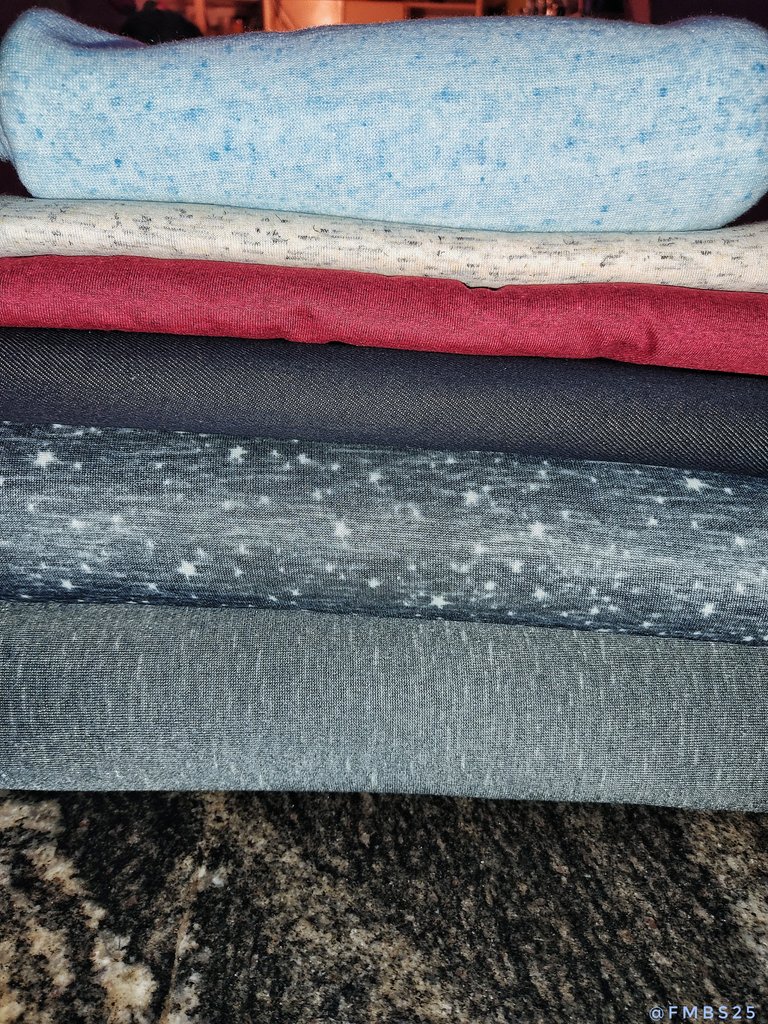
A simple flannel, without pattern, and with a finish that leaves a lot to be desired, you can get in local stores between 5 and 8 USD (average 6.5 USD) a short for me is between 8 and 10 USD (average 9 USD), the flannels for my son are between 4 and 6 USD (average 5 USD), then, on average I would have to spend about 63.5 USD to buy 3 flannels for me, 3 for my son, plus a jean and a short for me. Taking into account that I don't have to pay a seamstress or a tailor to make the clothes, the savings are much greater. However, to these calculations I add 50% for wear and tear of the equipment used for making the clothes, so I can say that I would be spending about 22.5 USD in total, which means a savings of 41.

We have to take into consideration that besides the monetary savings we can obtain by making our own clothes, which we can make to our liking and totally customized, this savings I am sure applies not only to Venezuela, but to any part of the world. This coming week I will be buying appliqués to print other t-shirts that I want to make, which undoubtedly increase a little the value of the same, but will always continue to be more economical.

Images of my property, taken with the camera of my Xiaomi Redmi Note 9S Edited with Snapseed and Canva
Thank you for taking the time to read this publication, if you have any questions, criticisms or suggestions, I would appreciate it if you put them in the comment box, and remember, you too can make magic in the kitchen wherever you go!



Even though my income is relatively good, which allows me to cover the basic household expenses and some small luxuries, this year I have chosen to buy fabric to make the clothes and in this way the savings are quite considerable, which allows me to obtain other necessary things for the home and for my son. I wanted to do a pilot test to see how well I was doing, and the truth is that the cost/benefit results are really good.

I made an investment of 15 USD, with which I bought 7 meters of fabrics of different textures, threads and elastic bands which will serve me to make 6 flannels (3 flannels for my son and 3 for me), a jean and a short. Only the cheapest jean I could find in my size (I am much bigger than the average girl), costs 20 USD, which means that I am already saving 5 USD.

A simple flannel, without pattern, and with a finish that leaves a lot to be desired, you can get in local stores between 5 and 8 USD (average 6.5 USD) a short for me is between 8 and 10 USD (average 9 USD), the flannels for my son are between 4 and 6 USD (average 5 USD), then, on average I would have to spend about 63.5 USD to buy 3 flannels for me, 3 for my son, plus a jean and a short for me. Taking into account that I don't have to pay a seamstress or a tailor to make the clothes, the savings are much greater. However, to these calculations I add 50% for wear and tear of the equipment used for making the clothes, so I can say that I would be spending about 22.5 USD in total, which means a savings of 41.

We have to take into consideration that besides the monetary savings we can obtain by making our own clothes, which we can make to our liking and totally customized, this savings I am sure applies not only to Venezuela, but to any part of the world. This coming week I will be buying appliqués to print other t-shirts that I want to make, which undoubtedly increase a little the value of the same, but will always continue to be more economical.

Thank you for taking the time to read this publication, if you have any questions, criticisms or suggestions, I would appreciate it if you put them in the comment box, and remember, you too can make magic in the kitchen wherever you go!

Translated with www.DeepL.com/Translator (free version)
[ES]

Todos los años para esta fecha es muy común ver a las personas en mi país comprando ropa para lucir vestiduras nuevas en navidad, digamos que se ha convertido en una tradición, tradición que en los últimos años se ha convertido en un imposible para muchas familias por los altos costos de las prendas de vestir, y es que, un simple par de medias ronda los 2 USD, y el salario mínimo integral (salario + bono alimenticio) es de aproximadamente 1.3 USD a la fecha. Gracias a Dios no es mi caso, pues gracias a las inversiones y a mi trabajo dentro de la blockchain mis ingresos son bastante superiores a un salario mínimo.

Aun cuando mis ingresos son relativamente buenos, lo que me permite cubrir los gastos básicos del hogar y algunos pequeños lujos, este año he optado por comprar telas para confeccionar la ropa y de esta manera el ahorro es bastante considerable, lo que me permite obtener otras cosas necesarias para el hogar y para mi hijo. Quise hacer una prueba piloto para ver que tal me iba, y la verdad es que los resultados costo/beneficio son realmente buenos.

Hice una inversión de 15 USD, con lo que compré 7 metros de telas de diferentes texturas, hilos y gomas elásticas las que me servirán para confeccionar 6 franelas (3 franelas para mi hijo y 3 para mi), un jean y un short. Solamente el jean más económico que pude encontrar de mi talla (soy bastante más grande que la chica promedio), tiene un costo de 20 USD, lo que implica que ya por ese lado me estoy ahorrando 5 USD.

Una Franela sencilla, sin estampado, y con un acabado que deja bastante que desear, se consigue en tiendas locales entre 5 y 8 USD (promedio 6,5 USD) un short para mi oscila entre los 8 y 10 USD (promedio 9 USD), las franelas para mi hijo están entre 4 y 6 USD (promedio 5 USD), entonces, en promedio tendría que gastar unos 63.5 USD para comprar 3 franelas para mí, 3 para mi hijo, más un jean y un short para mí. Teniendo en cuenta que no tengo que pagarle a una costurera o a un sastre para la elaboración de la ropa, el ahorro es mucho mayor, sin embargo, a estos cálculos les agrego un 50% por desgaste del equipo utilizado para la confección, por lo que puedo decir que estaría gastando unos 22.5 USD en total, lo que significa un ahorro de 41. USD

Hay que tener en consideración que además del ahorro monetario que podemos obtener confeccionando nuestra propia ropa, que podemos hacerla a nuestro gusto y totalmente a la medida, este ahorro estoy segura de que no solo aplica para Venezuela, sino para cualquier parte del mundo. Esta semana que viene estaré comprando apliques para estampar otras franelas que quiero elaborar, que sin duda aumentan un poco el valor de la misma, pero siempre continuara siendo más económico.

Imágenes de mi propiedad, tomadas con la cámara de mi Xiaomi Redmi Note 9S Editadas con Snapseed y Canva.
Gracias por tomarse el tiempo de leer esta publicación, si tiene alguna pregunta, crítica o sugerencia, la agradecería que la pusiera en la caja de comentarios, y recuerda, ¡Tú también puedes hacer magia en la cocina ya dondequiera que vayas!


Created by @robinsonlgil





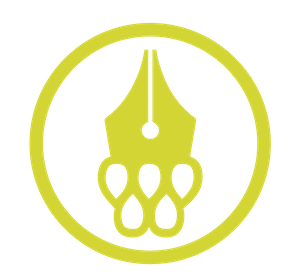
Come and support @Cervantes as Witness in https://peakd.com/me/witnesses

Come and supports @Aggroed as Witness in https://peakd.com/me/witnesses

Join @gems-community's Discord
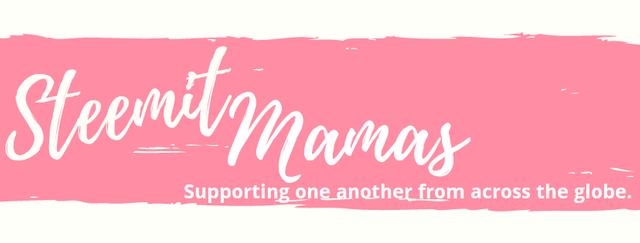
A proud member of




Created by @derangedvisions

Aun cuando mis ingresos son relativamente buenos, lo que me permite cubrir los gastos básicos del hogar y algunos pequeños lujos, este año he optado por comprar telas para confeccionar la ropa y de esta manera el ahorro es bastante considerable, lo que me permite obtener otras cosas necesarias para el hogar y para mi hijo. Quise hacer una prueba piloto para ver que tal me iba, y la verdad es que los resultados costo/beneficio son realmente buenos.

Hice una inversión de 15 USD, con lo que compré 7 metros de telas de diferentes texturas, hilos y gomas elásticas las que me servirán para confeccionar 6 franelas (3 franelas para mi hijo y 3 para mi), un jean y un short. Solamente el jean más económico que pude encontrar de mi talla (soy bastante más grande que la chica promedio), tiene un costo de 20 USD, lo que implica que ya por ese lado me estoy ahorrando 5 USD.

Una Franela sencilla, sin estampado, y con un acabado que deja bastante que desear, se consigue en tiendas locales entre 5 y 8 USD (promedio 6,5 USD) un short para mi oscila entre los 8 y 10 USD (promedio 9 USD), las franelas para mi hijo están entre 4 y 6 USD (promedio 5 USD), entonces, en promedio tendría que gastar unos 63.5 USD para comprar 3 franelas para mí, 3 para mi hijo, más un jean y un short para mí. Teniendo en cuenta que no tengo que pagarle a una costurera o a un sastre para la elaboración de la ropa, el ahorro es mucho mayor, sin embargo, a estos cálculos les agrego un 50% por desgaste del equipo utilizado para la confección, por lo que puedo decir que estaría gastando unos 22.5 USD en total, lo que significa un ahorro de 41. USD

Hay que tener en consideración que además del ahorro monetario que podemos obtener confeccionando nuestra propia ropa, que podemos hacerla a nuestro gusto y totalmente a la medida, este ahorro estoy segura de que no solo aplica para Venezuela, sino para cualquier parte del mundo. Esta semana que viene estaré comprando apliques para estampar otras franelas que quiero elaborar, que sin duda aumentan un poco el valor de la misma, pero siempre continuara siendo más económico.

Gracias por tomarse el tiempo de leer esta publicación, si tiene alguna pregunta, crítica o sugerencia, la agradecería que la pusiera en la caja de comentarios, y recuerda, ¡Tú también puedes hacer magia en la cocina ya dondequiera que vayas!







@SM-Spanish Community Discord )


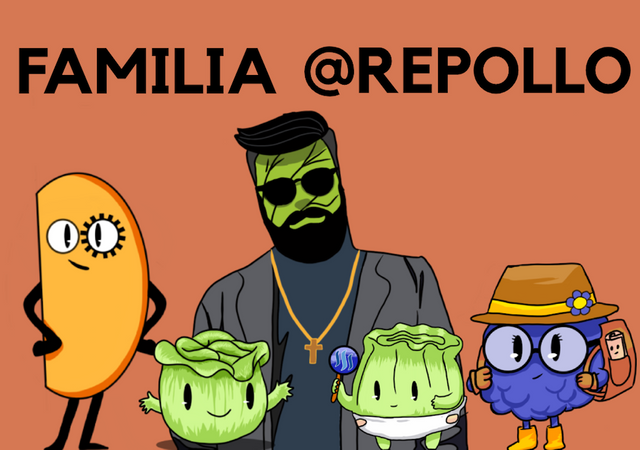 |  |
|---|---|
| https://steemitimages.com/640x0/https://ipfs.busy.org/ipfs/QmNmqVvqjT9vUukyqi1PWVvceFNA32BUqpMj1kME7PdSib @upmewhale Discord |  |

Join @gems-community's Discord





Posted Using LeoFinance Beta
If you have rest time, your saving plan is so good.
But, if you can earn more money than your saving plan by blogging in LeoFinance with using rest times, it is not good.
Posted Using LeoFinance Beta
Hello good morning, my apologies, but I don't quite understand what you meant!
Posted Using LeoFinance Beta
Good morning!
I mean that your Saving money with handmade clothing is good if you can't earn money more than it by using your rest time.
Posted Using LeoFinance Beta
Sorry for the late response! I agree with what you say, however, I believe that even when we pay a seamstress to make our clothes, we save at least 30-35% (I didn't do the math right) of what we can spend shopping in a store. In my particular case, I don't use my free time to sew, thank God I have my mother who does it for me. Greetings and happy day!
Pues mira que buenas ideas nos has dado para tener mejores opciones de ahorro.
Posted Using LeoFinance Beta